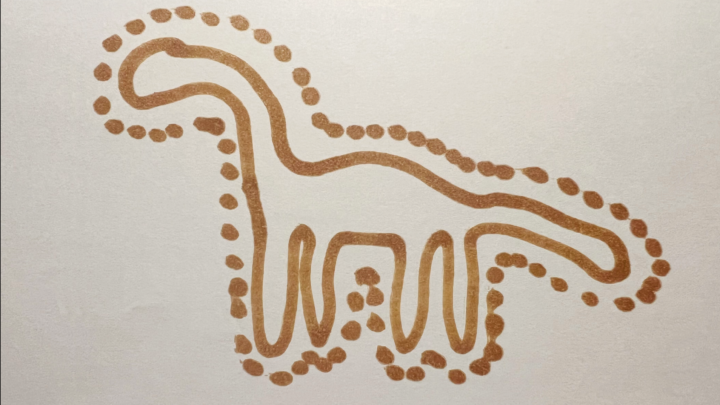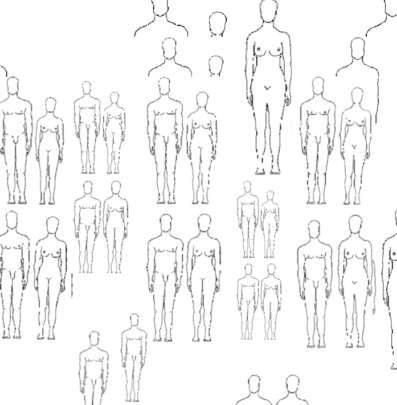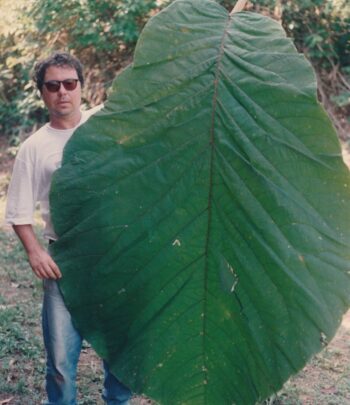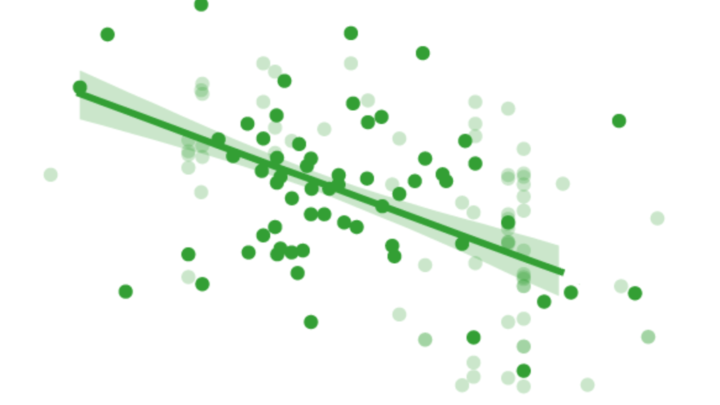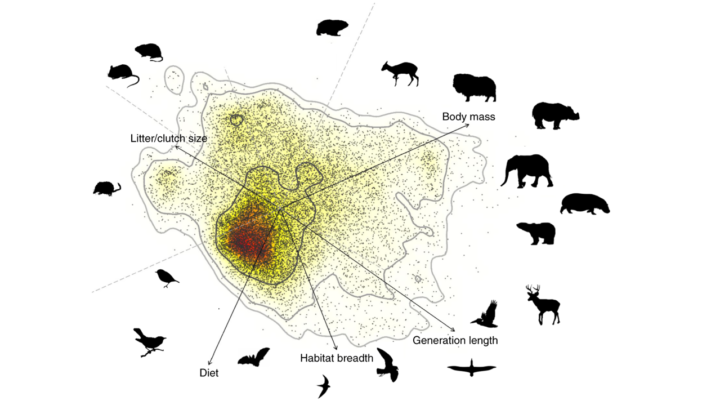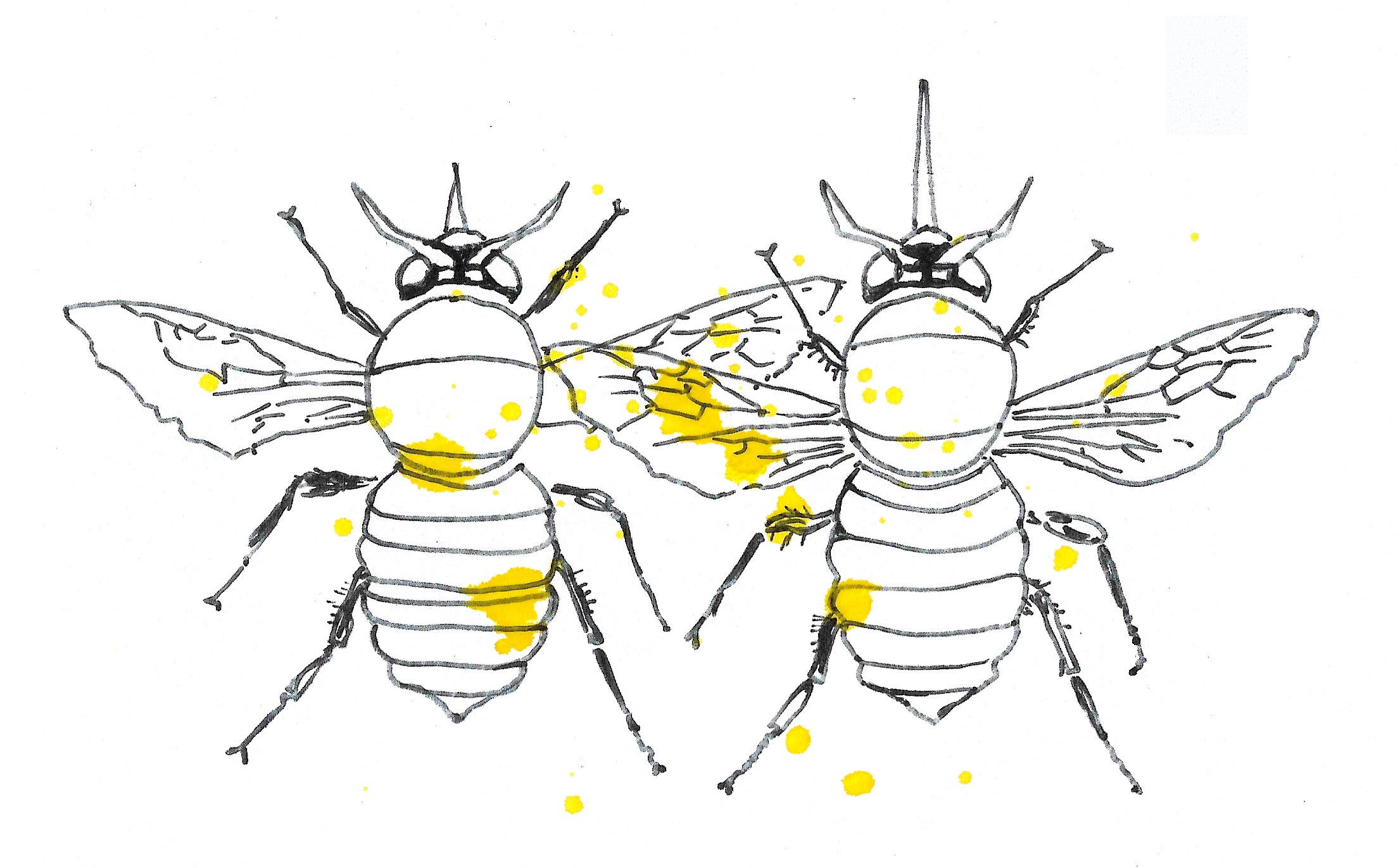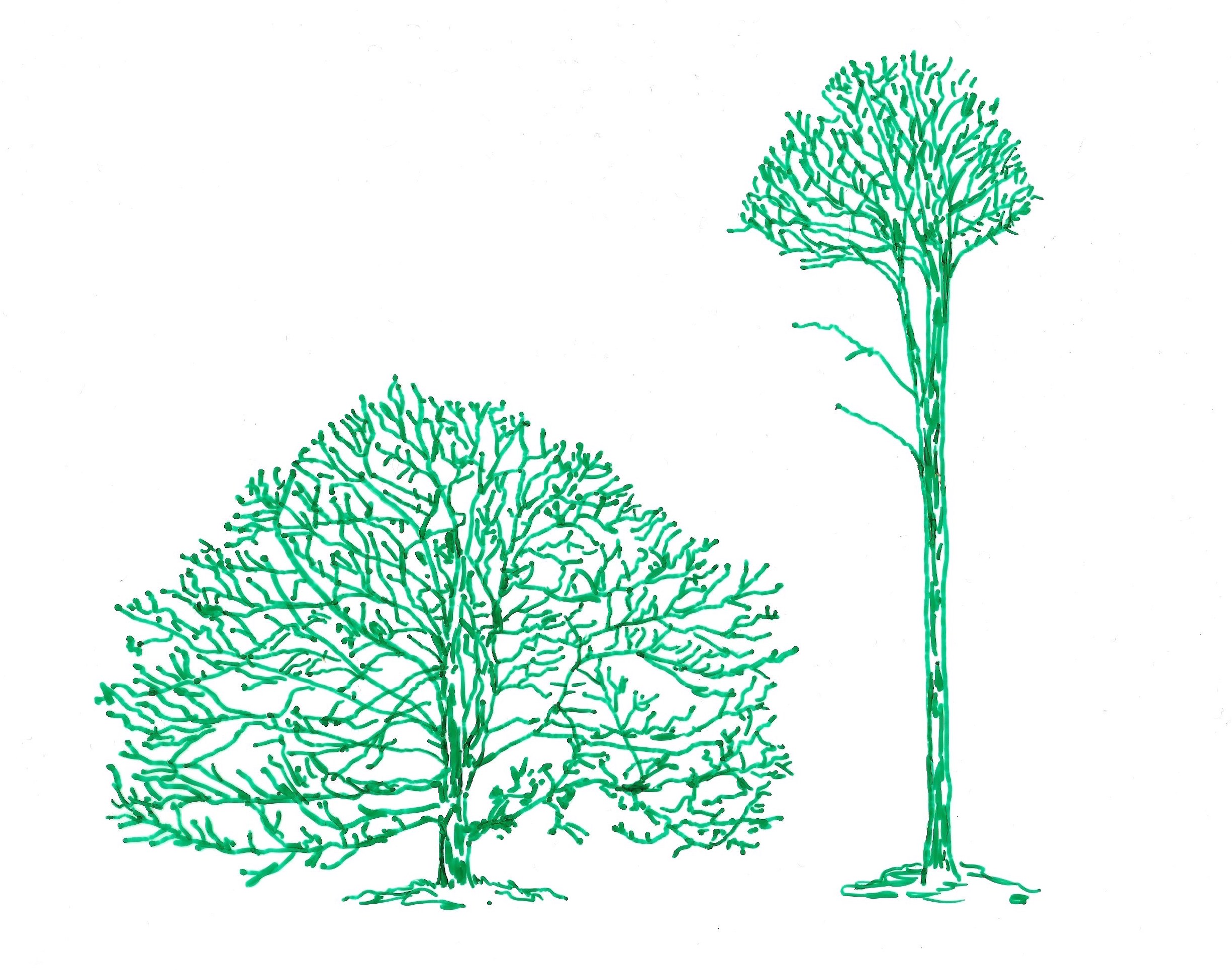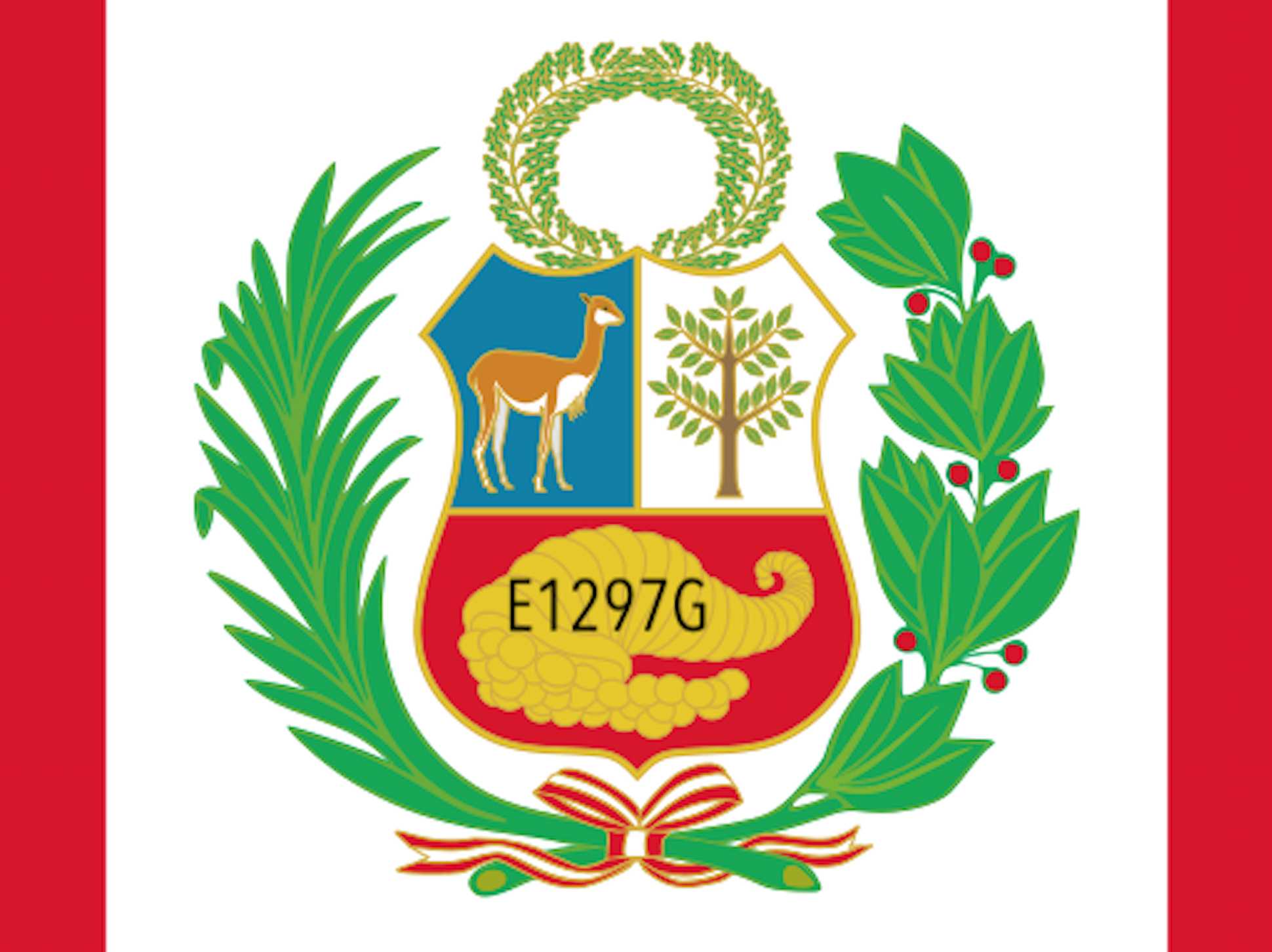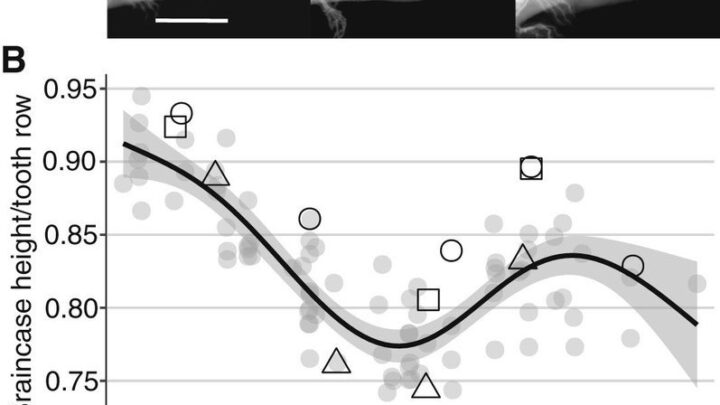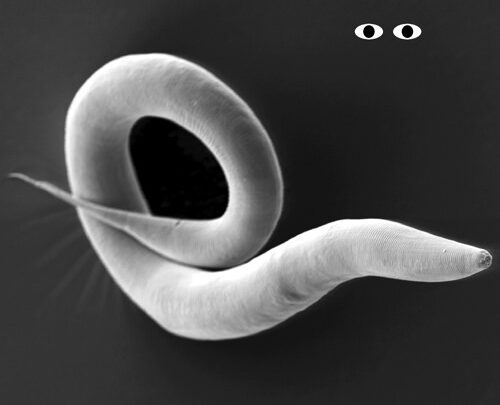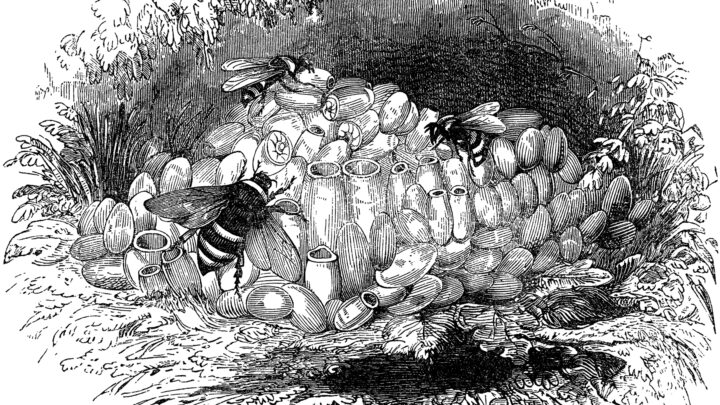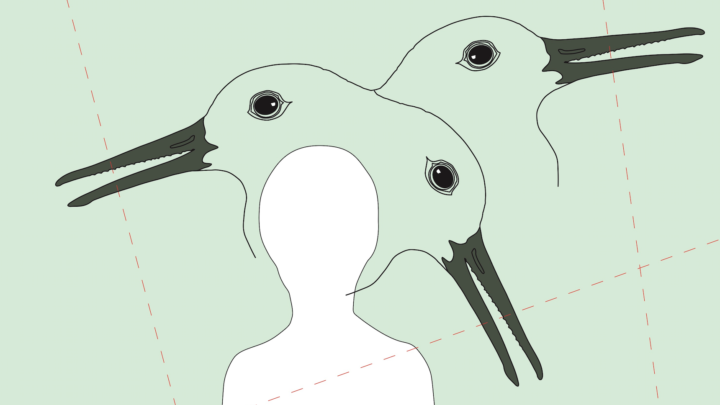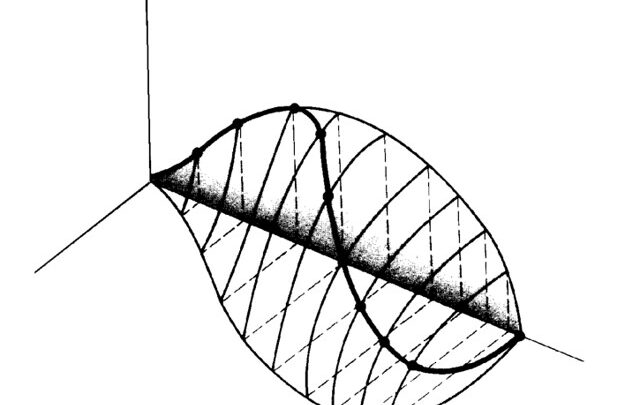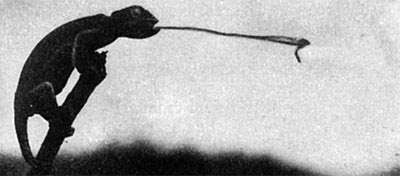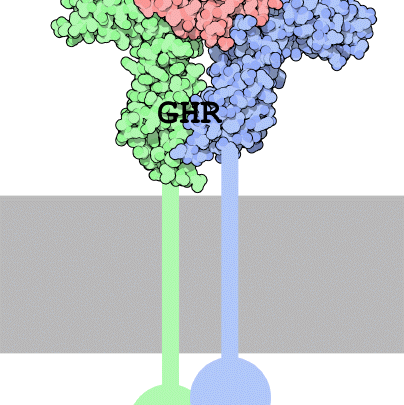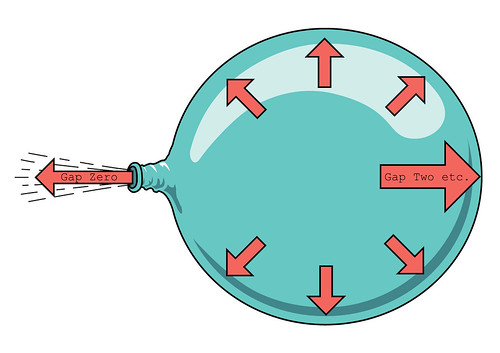Category: Biology
Aligning the Loops
February 19, 2023Juvenile Coccoloba
December 3, 20223 x 3.75 Mollys
November 17, 2022Environmental Stress Hypothesis
November 10, 2022The past 2.000.000 years have seen an increase in estimated body size among most Homo species from an average of 50 to 70 kg. Environmental challenges, such as arid conditions and low resource availability or habitat instability and resource fluctuation, faced by hominin species, are often overcome by…
A Small Advantage
May 30, 2022Short-Tongued Bombus
April 10, 2021A study in Science shows that in a period of just 40 years two alpine bumblebee species (Bombus balteatus and Bombus sylvicola) rapidly evolved significantly shorter tongues. Short-tongued species are more generalist foragers, able to feed on many different types of flowers. They are replacing more specialised, long-tongued…
Trunkism
November 10, 2020The Peruvian Variant
May 30, 2020Hallmarks of Malignant Growth: Deregulating Energy Metabolism
December 20, 2018Myxozoans
September 11, 2018Neglecting Gravity
April 17, 2018The Dehnel Phenomenon
December 31, 2017From Model Organism to Spirit Animal
November 22, 2017Bumblebee Megacolony
November 3, 2016Red Knot Protein Transition
May 13, 2016Various animal species are responding to global warming by reducing their body size. In the mid 19th century biologists had already observed the ecogeographic principle that within a broadly distributed taxonomic clade, populations and species of larger size are found in colder environments, while populations…
